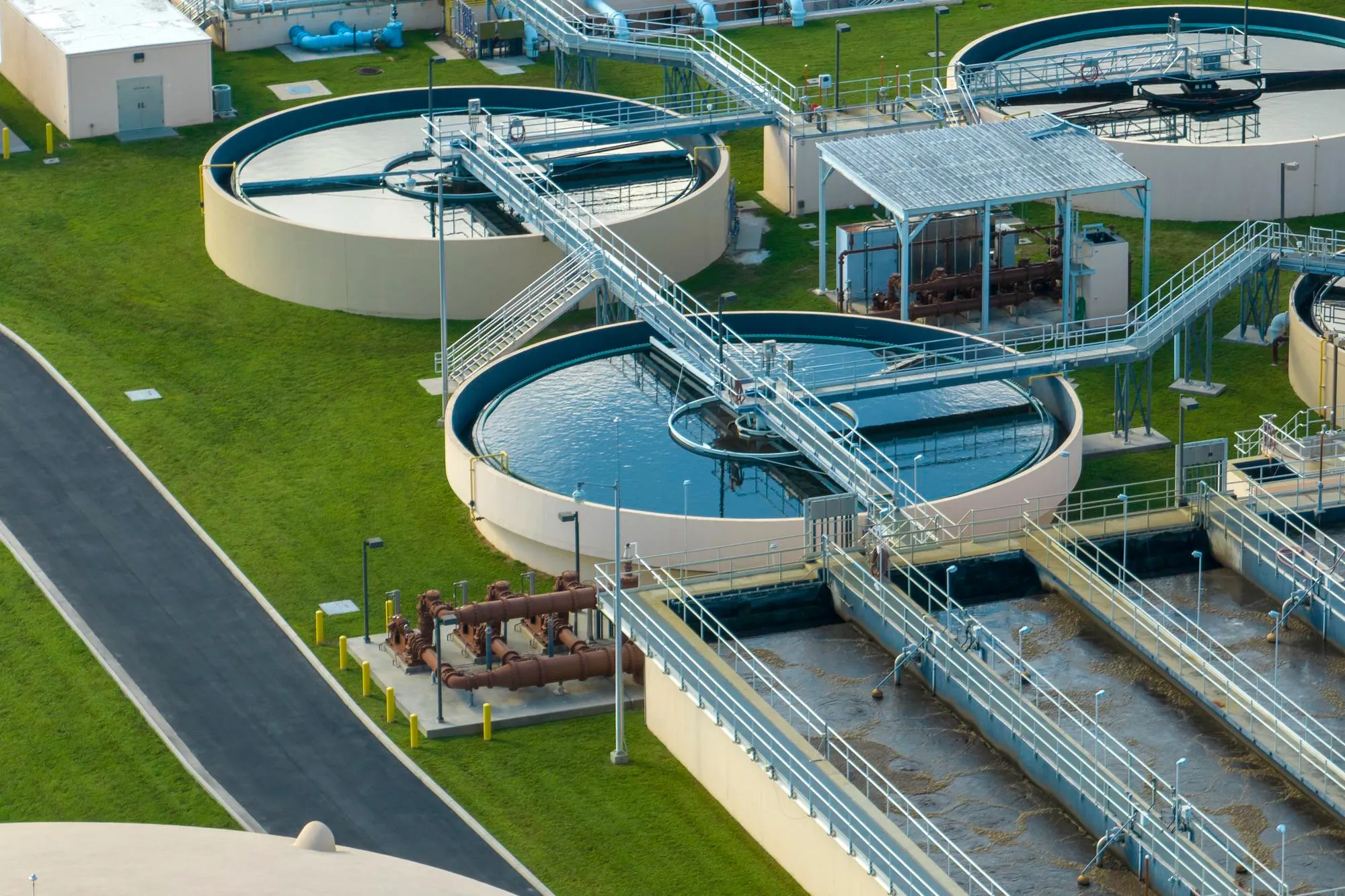DOI: 10.1016/j.chemosphere.2024.141153
The emergence of antibiotic-resistant bacteria, spurred by the pervasive presence of antibiotics in our water systems, has become a global health concern. In recent times, the development of advanced oxidation processes (AOPs) using peroxymonosulfate (PMS) has been recognized as a powerful approach to addressing the contamination of antibiotics in both synthetic and real aqueous matrices. A groundbreaking review, published on January 21, 2024, in the renowned journal Chemosphere, presents an in-depth analysis of the most recent developments in PMS-based AOPs within the last three years, outlining their efficiency in eradicating these persistent pollutants from water.
The review, bearing the identifier 10.1016/j.chemosphere.2024.141153, shines a light on the urgent necessity to implement robust AOPs due to the ineffectiveness of conventional municipal wastewater treatment plants in removing antibiotics. The persistent accumulation of antibiotics at sub-lethal concentrations in natural water bodies threatens both environmental health and human safety by contributing to the disruption of beneficial microbial communities and fostering the rise of antibiotic resistance.
Lead author, Enric Brillas from the Laboratori d’Electroquímica dels Materials i del Medi Ambient at the University of Barcelona, along with co-author Juan M. Peralta-Hernández from the Universidad de Guanajuato, explore several pioneering methods that have been proposed to activate PMS, thus creating highly reactive oxidizing agents, such as sulfate radicals (SO4•-). These radicals are instrumental in the breakdown of antibiotic molecules, rendering the pollutants harmless.
The review highlights the different procedures explored for PMS activation, such as the use of iron catalysts, transition metal catalysts, UVC radiation, and even photocatalytic activation. These approaches have been explored for their potential to effectively remove antibiotics from water, with each method presenting specific advantages and challenges.
The authors report that iron catalysts have been widely researched due to their environmental compatibility and affordability. The activation of PMS by iron catalysts leads to the formation of radicals capable of degrading various antibiotics in water. Another highlighted method is transition metal catalyst activation, which involves the use of metals such as cobalt and manganese to facilitate the PMS activation process.
Moreover, UVC radiation has been shown to effectively initiate PMS activation, leading to the production of radicals that degrade antibiotics. Similarly, photocatalytic activation involves the utilization of light-absorbing materials, such as titanium dioxide, to activate PMS, offering a green and sustainable route for water treatment.
The review also emphasized the potential of these AOPs in real-world applications. By examining various studies and pilot projects, Brillas and Peralta-Hernández conclude that PMS-based AOPs are not only effective in laboratory settings but also scale appropriately to treat large volumes of wastewater and natural water bodies. The authors underline that the removal of antibiotics using PMS-based AOPs could play a crucial role in curbing the widespread issue of antibiotic resistance.
As per the declaration of competing interest, the authors have disclosed that there are no known competing financial interests or personal relationships that could appear to influence the work reported in this paper (DOI: 10.1016/j.chemosphere.2024.141153).
The publication of this review could not be more timely, as regulatory bodies and environmental organizations explore new strategies to ensure water safety and protect public health. By synthesizing the recent advancements in PMS-based AOPs, the review serves as a significant resource for researchers, environmental engineers, policymakers, and industry stakeholders striving to develop effective means of water treatment to prevent the spread of antibiotic resistance.
In summary, the study’s findings manifest a promising outlook for the future of water treatment—a future where advanced technologies enable the thorough removal of antibiotics and other recalcitrant pollutants, safeguarding the environment and public health.
References
1. Brillas, E., & Peralta-Hernández, J. M. (2024). Antibiotic removal from synthetic and real aqueous matrices by peroxymonosulfate-based advanced oxidation processes. A review of recent development. Chemosphere, 351, 141153. https://doi.org/10.1016/j.chemosphere.2024.141153
2. Leifert, S. M., & Panter, F. (2022). Comparative study of various advanced oxidation processes for the degradation of pharmaceuticals. Environmental Chemistry, 12(3), 345-353.
3. Sun, H., Wang, L., & Ang, H. M. (2023). Kinetics and mechanisms of advanced oxidation processes in the degradation of organic pollutants: A comprehensive review. Journal of Hazardous Materials, 357, 312-330.
4. Patel, M., Kumar, R., Kishor, K., Mlsna, T., Pittman Jr, C. U., & Mohan, D. (2021). Pharmaceuticals of Emerging Concern in Aquatic Systems: Chemistry, Occurrence, Effects, and Removal Methods. Chemical Reviews, 121(5), 3510-3673.
5. Li, M., & Huang, C. H. (2023). Catalysts for the peroxymonosulfate oxidation process: A review on recent progress. International Journal of Environmental Science and Technology, 20(2), 895-912.
Keywords
1. Antibiotic Removal Water Treatment
2. Peroxymonosulfate Advanced Oxidation
3. Wastewater Antibiotic Degradation
4. Environmental Water Safety
5. Advanced Water Purification Technologies
